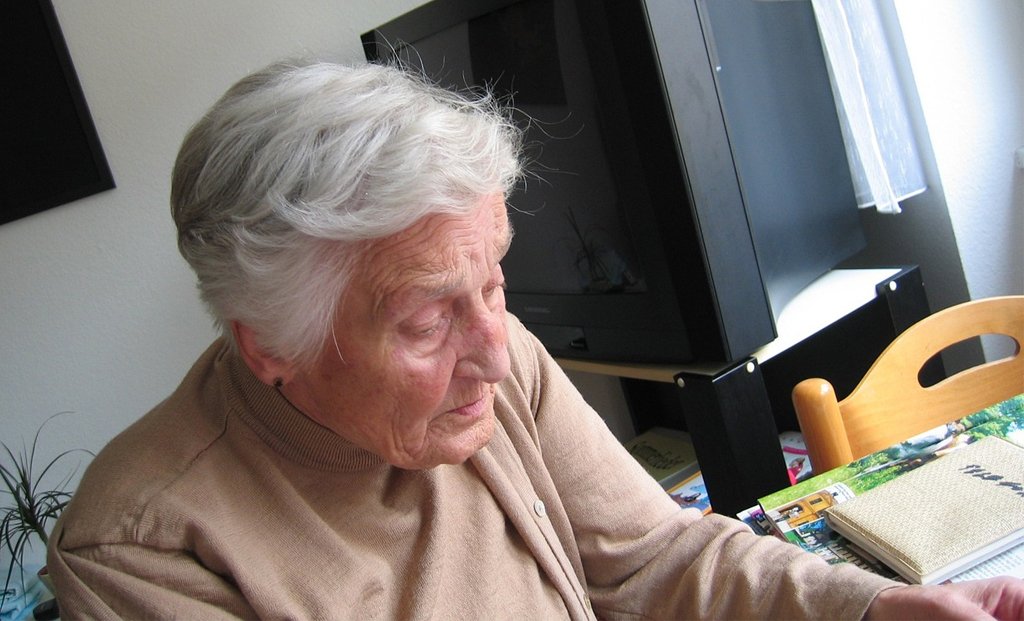New Delhi, 19 October, 2025: For years, we’ve been told that we need at least 150 minutes of moderate exercise a week to protect our health. But what if just five minutes a day was enough to make a difference—especially when it comes to your brain?
A groundbreaking new study has revealed that engaging in even as little as 5 minutes of moderate to vigorous physical activity per day can significantly reduce the risk of developing dementia. The study followed nearly 90,000 adults over several years and found that those who consistently moved for short, intense bursts throughout the week had a dramatically lower risk of cognitive decline.
This isn’t just a hopeful claim—it’s based on hard numbers, and it could transform the way we think about aging, brain health, and everyday movement.
What the Study Found
The research tracked the physical activity of older adults using wearable devices over a period of 4.4 years on average. Participants who engaged in just 35–70 minutes per week of moderate to vigorous physical activity (about 5–10 minutes a day) had a 41% lower risk of developing dementia than those who did no such activity at all.
The benefits didn’t stop there:
- Those who got 70–140 minutes per week of such activity lowered their risk even more—by around 60%.
- Participants who managed to get more than 140 minutes per week (roughly 20 minutes per day) experienced the greatest reduction in dementia risk, at close to 69%.
Incredibly, even individuals who were classified as frail—meaning they had reduced strength or health due to age or illness—saw protective benefits from minimal movement.
What Is “Moderate to Vigorous Physical Activity”?
Moderate to vigorous physical activity (MVPA) refers to exercises or movements that raise your heart rate and make you breathe faster. It’s more than just light stretching or casual strolling, but it doesn’t have to mean high-impact workouts or gym sessions.
Some examples include:
- Brisk walking
- Cycling (even on a stationary bike)
- Climbing stairs
- Light jogging
- Fast-paced dancing
- Water aerobics
- Yard work or sweeping at a fast pace
The key is sustained effort, even if only for a few minutes.
Why Does It Work?
So how does just five minutes a day make such a huge difference?
There are a few reasons researchers believe small bursts of physical activity can lower dementia risk:
- Increased blood flow to the brain – Physical activity boosts circulation, which delivers oxygen and nutrients to brain tissue. This supports neuron health and may slow down degeneration.
- Reduced inflammation – Chronic inflammation is linked to cognitive decline. Even light exercise helps regulate inflammation markers in the body.
- Improved insulin sensitivity and vascular health – Poor metabolic health increases dementia risk. Exercise improves blood sugar control and heart function, both of which are essential for brain health.
- Supports brain plasticity – Physical activity may help the brain grow new connections and repair existing ones, increasing resilience to memory loss.
- Improved sleep and mood – Exercise enhances sleep quality and reduces anxiety and depression—two factors that also impact cognitive decline.
The Power of Small Changes
The biggest takeaway from this research is that you don’t need to commit to a full gym routine to protect your brain. Many people, especially older adults or those with chronic illnesses, feel discouraged by standard exercise recommendations.
This study shows that short, consistent bursts of movement throughout the week are enough to make a measurable impact.
It’s no longer “all or nothing.” Every minute of intentional movement counts.
Who Benefits Most?
Everyone can benefit from regular movement, but this finding is especially important for:
- Older adults who may have mobility issues or believe it’s too late to start.
- People with chronic illnesses or frailty who can’t sustain long workouts.
- Individuals with family history of dementia or Alzheimer’s, who may want to take preventive steps.
- Busy adults who feel they have “no time” to exercise.
The simplicity of this approach makes it one of the most accessible forms of preventive care available.
How to Add Movement into Your Day
Starting is easier than you think. Here are some practical ways to build five minutes of moderate movement into your routine:
1. Walk briskly for 5–10 minutes
Step outside or walk indoors at a fast pace. Even just marching in place or around your house can help.
2. Climb stairs
If you have stairs at home or work, use them. A few flights climbed at a good pace is enough.
3. Turn household chores into workouts
Vacuum, sweep, or clean briskly. Add energy and intention to everyday tasks.
4. Dance
Turn on your favorite song and move to the beat for 5–10 minutes. It’s fun and effective.
5. Exercise during TV ads or breaks
Use short breaks to do jumping jacks, march in place, or walk around the room.
6. Stretch and move before or after meals
A quick walk around the block after lunch or dinner helps digestion and brain health.
7. Use reminders
Set a daily alarm or calendar alert to prompt you to move for just a few minutes.
Other Brain-Healthy Habits to Combine With Movement
While movement is crucial, it works best when paired with other positive lifestyle habits:
- Healthy diet (rich in fiber, antioxidants, and omega-3s)
- Quality sleep (7–9 hours per night)
- Social interaction (maintaining relationships and engaging in conversations)
- Mental stimulation (reading, puzzles, learning new skills)
- Managing chronic health conditions (like diabetes or high blood pressure)
All of these work together to reduce your risk of cognitive decline.
Important Things to Keep in Mind
While the findings are exciting, it’s important to remember:
- The study shows association, not direct cause. But the correlation is strong and promising.
- Even though higher amounts of activity show greater benefit, low doses still make a difference.
- Avoiding a sedentary lifestyle (sitting for long periods) is just as important as getting movement.
- If you have mobility issues or health conditions, talk to a healthcare provider before starting new activity. Most can recommend simple, safe ways to move more.
Public Health Implications
This research could change how health experts approach dementia prevention. Instead of promoting intimidating goals that many people ignore, public messaging could shift toward “just five minutes a day matters.”
This could help:
- Encourage older adults to move without fear
- Break down exercise myths and barriers
- Empower people with limited ability or time
- Reduce long-term healthcare costs by preventing cognitive decline
A New Kind of Hope
Dementia is one of the most feared health conditions among aging adults. The idea that a few minutes of movement per day could drastically lower that risk offers hope, empowerment, and agency.
You don’t need to run marathons. You don’t need expensive equipment. You just need to move—a little, every day.
If you’ve been waiting for a sign to take better care of your brain, this is it.
Five minutes. That’s all it takes to shift your health in a better direction. Over time, those minutes add up to stronger muscles, a healthier heart, a calmer mind—and now, maybe even a clearer, sharper brain well into old age.
Start today. Your future self may thank you.






